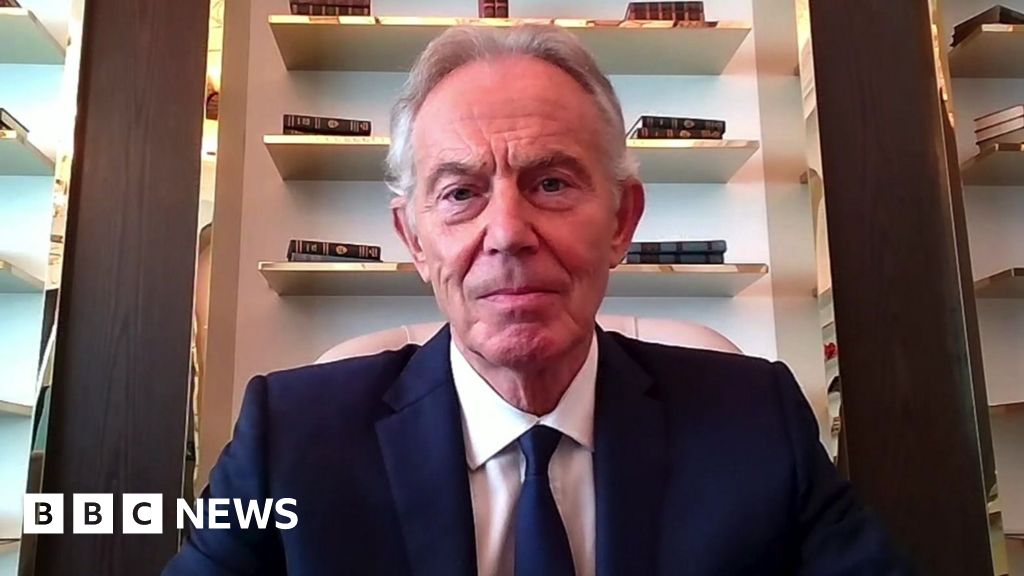The world’s largest biodiversity summit, known as COP16, concluded this weekend in Colombia, with several landmark decisions, including first ever agreements on nature’s genetic data and on recognising people of Africa descent and Indigenous Peoples as key stewards in conservation efforts.
“This is an unprecedented occasion in the history of multilateral environmental agreements,” Camila Paz Romero, spokesperson for Indigenous Peoples at the summit, told UN News.
“Indigenous peoples and local communities of the world – connected from our knowledge systems in the care of life and biodiversity – remember the long road we have traveled towards this agreement.”
Efforts to get a seat at the table have spanned three decades.
In Cali, the summit, known officially as the 16th Conference of the Parties to the UN Convention on Biological Diversity, concluded following 12 days of robust discussions among 170 delegations, according to the Colombia’s Ministry of Environment and Sustainable Development.
The central objective of the Convention, adopted by 196 countries in 1992, is to promote measures that lead to a sustainable future.
‘Benchmark for the world’
Agreement was reached after lengthy debates and discussions at the close of COP16, giving Indigenous Peoples and people of African descent and their communities recognition as protagonists in biodiversity conservation while also deciding to create a subsidiary body for them under article 8J of the convention.
“This new subsidiary body is a benchmark for the rest of the world in which the parties recognise the continued need for our full and effective participation, knowledge, innovations, technologies and traditional practices to meet the objectives of the convention,” Ms. Paz said.
That provision specifically states that each signatory country shall respect, preserve and maintain the knowledge, innovations and practices of Indigenous and local communities embodying traditional lifestyles relevant to the conservation and sustainable use of biological diversity.
New decision-making powers
The newest subsidiary body translates into a permanent space for Indigenous Peoples and local communities to participate in decision making on biodiversity.
That space will also strengthen dialogue between countries and Indigenous Peoples and local communities as a way to define actions that contribute to protecting nature.
The other two subsidiary bodies attending COP16 were the scientific, technical and technological advisory body, which conducts assessments of the state of biodiversity, and the implementation branch, which makes recommendations on technical and scientific aspects of the convention’s implementation.
Global first for nature’s genetic data
In another first, COP16 delegates decided to create a global fund for collecting economic resources from the use digital sequence information – genetic codes coming from organism samples that are often shared digitally – and its and fair, equitable distribution.
As such, companies using this information to develop products will have to allocate part of their profits to what is being called the Cali Fund from which resources will be allocated to Indigenous Peoples and local communities, directly or through governments.
Benefit-sharing will also consider such criteria as national conservation needs and biodiversity richness.
Outstanding issues on the table
However, two issues remained unresolved, both instrumental for implementing the Kunming-Montreal Global Framework for Biodiversity, a global plan that was adopted during COP15 in Canada to halt and reverse biodiversity loss by 2030.
One was the lack of a definition for a financing model to bring the biodiversity protection plan to reality. Calculations indicate that $700 billion is required to implement the framework.
The other pending issue is a monitoring mechanism to measure the progress of countries in complying with the roadmap to protect biodiversity.
By the close of the summit, discussions on these issues were suspended due to the fact that there were no longer enough negotiators present to reach an agreement.
The People’s COP
On the sidelines of the summit, a “green zone” was established for civil society groups, according to Colombia’s Environment Minister Susana Muhamad, who said some 40,000 people attended related activities and the zone attracted about one million visits.
“In short, this was the people’s COP,” Ms. Muhamad said.
“The ‘peace with nature’ coalition was installed, and it was possible to mobilise perhaps the most important education campaign that Colombia has had in its history and to see so many people excited about biodiversity.”
Where next?
Latest news
Read the latest news stories:
- COP16: Landmark biodiversity agreements adopted Sunday, November 03, 2024
- Middle East crisis: Gaza polio vaccine campaign under fire Sunday, November 03, 2024
- COP16 Delivers on Indigenous Peoples, Digital Sequencing, But Fails on Finance Sunday, November 03, 2024
- Conditions Deteriorate from Persisting Gang Violence in Haiti Saturday, November 02, 2024
- Lebanon: UN agencies call for ceasefire as war worsens dire conditions Saturday, November 02, 2024
- World Urban Forum: The search for solutions to the global housing crisis moves to Cairo Saturday, November 02, 2024
- Gaza: Final phase of polio vaccine campaign reaches ravaged north Saturday, November 02, 2024
- 85 percent of journalist killings go unpunished Saturday, November 02, 2024
- Solar Energy Saves Dairy Cooperative in Brazil's Semi-Arid Region Friday, November 01, 2024
- Transforming Africa with the Power of Education Friday, November 01, 2024
Link to this page from your site/blog
Add the following HTML code to your page:
<p><a href="https://www.globalissues.org/news/2024/11/03/38146">COP16: Landmark biodiversity agreements adopted</a>, <cite>Inter Press Service</cite>, Sunday, November 03, 2024 (posted by Global Issues)</p>… to produce this:
COP16: Landmark biodiversity agreements adopted, Inter Press Service, Sunday, November 03, 2024 (posted by Global Issues)

 2 weeks ago
5
2 weeks ago
5









